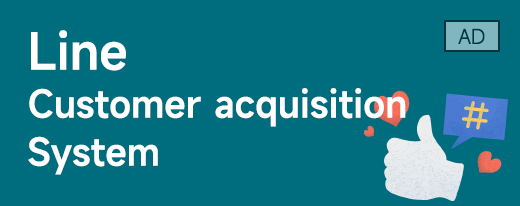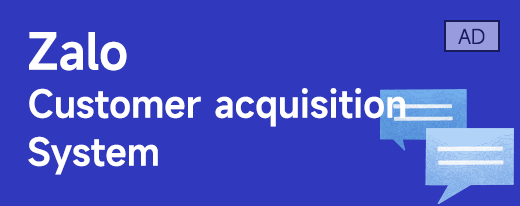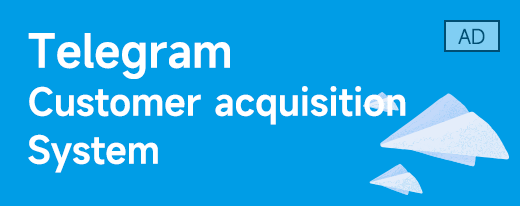In today's era of online business operations and refined marketing, a suitable phone number is not just a communication tool but also the starting point for corporate image building, marketing outreach, and business conversion. Traditional number selection methods, due to their inherent limitations, are gradually being replaced by more efficient and intelligent Cloud Number Filtering platforms. This article will delve into the revolutionary advantages of the Cloud Number Filtering model compared to traditional methods, conduct a comparative analysis of their applicability across different business scenarios, and explore how enterprises can achieve precise and efficient allocation of number resources leveraging advanced tools like "ITG Omnidirectional Filtering".
I. The Challenges and Limitations of Traditional Number Selection Methods
Before the rise of the "Cloud Number Filtering" concept, businesses and individuals primarily acquired numbers through the following traditional methods:
-
Offline Store Selection: This is the most primitive method. Users visit a carrier's store and manually sift through the limited number inventory provided. The drawbacks are obvious: an extremely narrow selection range (limited to that store's stock), lack of transparency (inability to know the number's association history), time-consuming and labor-intensive, and nearly impossible to operate in bulk.
-
Online Number Selection Platforms (Basic): With the development of carrier online services, basic online number selection pages emerged. Although the selection range expanded somewhat, the functionality remained rudimentary. Filtering dimensions were usually limited to "nice number" tiers (e.g., AAAA, ABCD), lacking analysis of the deep-seated data behind the numbers, such as whether a number has been repeatedly marked as "spam," "telemarketing," or its historical answer rate. This resulted in selected numbers that might "look good" but suffer from low answer rates in practice due to existing marks, severely impacting business efficiency.
-
Secondary Number Market Circulation: Some users purchase so-called "nice numbers" through unofficial channels. This method carries high risks; the number might be bound to the previous user's various internet accounts, posing significant information security risks, and similarly, its communication behavior data cannot be obtained.
The core problem with traditional methods is that they only focus on the "appearance" of the number (digit pattern) and completely ignore the number's "intrinsic" value (data labels, historical behavior, and real-time status). This represents a static, isolated, and one-sided selection logic.
II. The Revolutionary Advantages of Cloud Number Filtering: Taking "ITG Omnidirectional Filtering" as an Example
Cloud-based number selection, especially platforms integrating big data and artificial intelligence technologies such as "ITG Full-Domain Selection," fundamentally overturns the traditional number selection logic. It upgrades a number from a simple string of digits into a "smart asset" carrying rich data dimensions. Its core advantages are reflected in the following aspects:
1. Data-Driven Omnidirectional Insight, Beyond "Nice Numbers"
Traditional methods select "nice-looking numbers"; Cloud Number Filtering selects "live numbers." Cloud Number Filtering platforms, by connecting to carriers, third-party data services, and user mark databases, can tag each number with multiple dimensions. Taking the "ITG Omnidirectional Filtering" tool as an example, its filtering dimensions include but are not limited to:
-
Historical Call Behavior: The number's average answer rate, call duration, frequency of being rejected.
-
User Mark Data: Whether it has been marked as "Harassment," "Scam," "Delivery," "Company Name," etc.
-
Number Activity & Risk: The number's age, whether it is a new activation, existence of fraud-related risks.
-
Geographical Attributes & Profile: The number's registered location, common location, and can even infer the potential profile of its user based on models.
This Omnidirectional Filtering capability enables businesses to select high-quality "live numbers" characterized by "high answer rates and low mark rates," enhancing marketing efficiency and customer experience from the source.
2. Intelligence and Automation, Exponential Efficiency Gain
Cloud Number Filtering platforms realize the shift from "people finding numbers" to "the system recommending numbers." Users simply set their business requirements in the "ITG Omnidirectional Filtering" tool (e.g., needs Shanghai registered location, high answer rate, unmarked as harassment, consecutive digits), and the system can instantly match these criteria from a massive number database and provide prioritized recommendations. This not only reduces screening time from hours or even days to minutes but also enables bulk, scalable number allocation, perfectly suited for scenarios requiring large numbers of numbers, such as telemarketing teams and field sales teams.
3. Dynamic Risk Control, Ensuring Business Security
A number's status changes dynamically. A number that is "clean" today might be heavily marked tomorrow due to improper use. Advanced Cloud Number Filtering systems possess real-time or near-real-time monitoring capabilities. "ITG Omnidirectional Filtering" can connect to real-time databases to continuously monitor selected numbers. If a risk level increase is detected (e.g., suddenly marked as harassment by many users), it can promptly alert the business, allowing proactive adjustment of calling strategies to avoid brand reputation damage and business loss.
4. Deep Coupling with Business Scenarios, Enabling Precision Marketing
This is the core value of Cloud Number Filtering. It transforms number selection from an isolated administrative task into an integral part of the marketing strategy. For example, a high-end wealth management institution can use "ITG Omnidirectional Filtering" to prioritize selecting number segments marked as associated with "high-end residential areas" or highly active numbers linked to financial apps, thereby achieving more precise customer reach.
III. Comparative Analysis of Application Scenarios: Who Needs Cloud Number Filtering More?
Different business models have vastly different requirements for numbers, hence the clear distinction between the applicable scenarios for Cloud Number Filtering and traditional methods.
Scenario 1: Large-Scale Telemarketing / Customer Follow-up
-
Traditional Method: Highly unsuitable. Batches of numbers purchased by telemarketing teams are of mixed quality. A large number of numbers suffer from low answer rates due to existing marks, leading to low agent efficiency, dampened morale, and high costs.
-
Cloud Number Filtering Solution (Using ITG Omnidirectional Filtering): Core application scenario. By setting "high historical answer rate" and "low harassment marks" as core filter conditions, businesses can batch acquire "high-quality live numbers." The system can also perform machine learning based on dialing results, continuously optimizing the filtering model, forming a positive feedback loop, and significantly improving conversion rates and team productivity.
Scenario 2: Start-ups / Small Businesses Establishing an Official Image
-
Traditional Method: Rely on luck at carrier stores or basic online platforms. They might find a catchy number but cannot know its history. If unlucky enough to select a widely marked "recycled number," it will leave a very poor first impression on the first batch of potential customers.
-
Cloud Number Filtering Solution: Highly recommended. Even when applying for just one official hotline, one should use a Cloud Number Filtering tool to verify its "clean record." This ensures that from the first day of business, every outgoing call displays as "trustworthy" rather than "suspected spam."
Scenario 3: Businesses Requiring Localized Services (e.g., Local Services, Real Estate Agencies)
-
Traditional Method: Can only ensure the number's registered location, but cannot determine if the number is widely used and recognized locally.
-
Cloud Number Filtering Solution: Clear advantage. Leveraging the geographical activity data of "ITG Omnidirectional Filtering," one can select numbers that have active call records within the target area. For instance, a real estate agent in Hangzhou selecting a number with a long history of active calls in Hangzhou will more easily gain the trust of local customers compared to a brand-new Hangzhou number with no local call history.
Scenario 4: Industries with High Security and Reputation Requirements (e.g., Finance, Government Services)
-
Traditional Method: Uncontrollable risk, completely non-compliant with industry regulations.
-
Cloud Number Filtering Solution: Essential tool. These industries have the highest requirements for number "purity." Strict screening through Cloud Number Filtering is necessary to ensure the number has no不良 records or fraud risks, and it is preferable to technically register and certify it as an official number, such as an "Official Verified Number" or "Government Hotline," completely preventing trust crises caused by number issues.
IV. Summary and Outlook
In summary, the comparison between Cloud Number Filtering and traditional number selection methods represents a case of overwhelming advantage. Traditional methods focus on the "form" of the number, while Cloud Number Filtering, especially when empowered by intelligent tools like "ITG Omnidirectional Filtering," insights into the "soul" of the number—that is, the data value and communication vitality it carries.
For any organization that uses the phone as an important channel for communication, marketing, or service, embracing Cloud Number Filtering is no longer an option but a necessity. Through its data-driven, intelligent, and comprehensive Omnidirectional Filtering strategy, it transforms number resource management from a cost center into an efficiency engine and a cornerstone of trust, ultimately helping enterprises gain a valuable competitive edge in the fierce market.










